
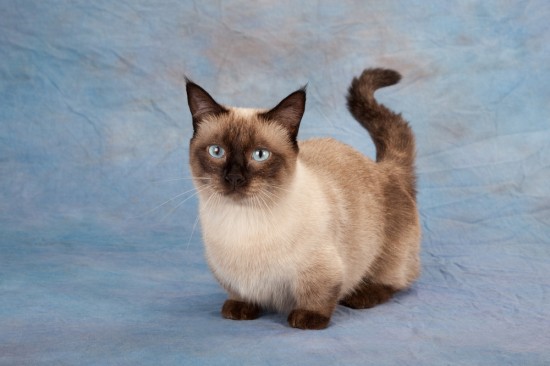
Inbreeding is the word used to describe the cross-mating of two closely related cats, such as brother and sister. Many other cross-mating combinations of related cats are also considered to be inbreeding, although in some cases, such as the cross-mating of half siblings or cousins, this is often considered to be line breeding rather than inbreeding.
Inbreeding or line breeding is usually associated with the pedigree cat world, as breeders of pedigree cats sometimes use inbreeding or line breeding as tools to establish desirable traits within the bloodline of the cats, and this is especially the case during the formative stages of the establishment of a new breed. However, inbreeding also happens naturally in the wild, where colonies of cats or feral cats are un-neutered and left to breed unchecked.
Read on to learn more about inbreeding and line breeding in cats, why it is done, and its advantages and disadvantages.
Not all breeders of pedigree cats utilise inbreeding or line breeding within their bloodlines, and for well-established breeds of which there are a significant amount of good quality unrelated cats of that type within the country, inbreeding is usually unnecessary and not undertaken.
However, some breeds of pedigree cats are not so populous, and there are only a finite amount of unrelated pedigree cats of the breed available to reproduce in the first place. Inbreeding and line breeding are sometimes used in this case to increase the population of cats of that type, growing the number of total cats across the breed and providing the foundations of the population of the breed, which will grow in perpetuity.
Inbreeding and line breeding, when undertaken deliberately, are intended to establish within cats of a certain bloodline and breed certain desirable traits, which are considered to be favoured and in demand within the breed. This is often the case when a spontaneous mutation occurs within an individual cat or small number of cats of a breed, which is considered to be attractive and in demand, but is unlikely to re-occur naturally in unrelated cats unless the gene mutation is selectively bred into additional litters. Inbreeding of this type was undertaken with the Persian cat as we know it today, when a spontaneous genetic mutation caused a cat of this breed to be born with the squashed-looking brachycephalic muzzle that we now associate with the breed, and yet which has only been a trait of the most common types of Persian cats since the 1950’s.
The Munchkin cat, a cat breed with very short legs, is another cat breed that was formed due to inbreeding for the specific genetic mutation that caused the short legs, and was intensively bred in the USA during the 1980’s in order to establish the mutation as the dominant gene.
If one considers the formation of new breeds of cat to be a desirable and necessary occurrence, and is concerned with show quality and breeding in order to conform to the breed’s set desirable traits and appearance, inbreeding and line breeding can be considered to be essential elements of the formation and sometimes, ongoing viability of pedigree cat types.
Diversity within the gene pool is the key to the ongoing health and wellness of any given cat, and diversity and outcrossing to unrelated cats and even unrelated breeds is what allows breeds and cats in general to evolve, thrive and remain viable. Outcrossing refers to the breeding of any given cat with a totally unrelated cat, although the term is often used in breeding circles to refer to cats that do not have a common ancestor for three or more generations back, rather than being totally unrelated.
Outcrossing is an important tool in breeding circles to maintain the viability and health of cats that are inbred or line bred, and is often integrated into the breeding programme to strengthen the core health and wellness of the breed as a whole.
Inbreeding and line breeding are not viewed favourably by everyone, and understandably there are moral considerations to take into account with inbreeding and line breeding as well as logistical ones. The concept of encouraging and promoting an appearance or breed trait that comes about due to what is after all a genetic defect is problematic enough for many people, particularly when the genetic abnormality that occurs and is then selectively bred to encourage it comes with issues of its own, such as breathing problems in the Persian cat.
Additionally, when an animal is inbred or closely related to other cats within the gene pool, and when the gene pool for any particular type of cat is small to begin with and provides limited opportunities for unrelated cross-matching, a range of additionally inherited traits may also become amplified and bred into significant generations of cats.
Just as the desirable gene mutations that inbreeding and line breeding set out to achieve are passed on to successive generations of inbred cats, so too can be a whole host of additional mutations and genetic predispositions to various health problems. These can become dominant when related cats that share the genetic propensity to any given issue are mated, allowing the undesirable genes to become dominant. This is exponentially less likely to occur when unrelated cats are mated, as recessive genes for various faults, mutations and health conditions are eventually thinned from the gene pool due to the additional genetic diversity.
If you are considering buying a pedigree cat or kitten, the chances are that somewhere in the history of the breed, there will be evidence of inbreeding or line breeding in all but the most ancient and populous of cat breeds. It is important to review the ancestry of any cat that you are considering buying to see if inbreeding has been an element in its formation, and to help you to assess whether or not the inbreeding pattern used is likely to have resulted in any health or wellness problems. This is particularly the case if you are looking to buy a cat of a breed that is relatively uncommon or unusual within the UK.
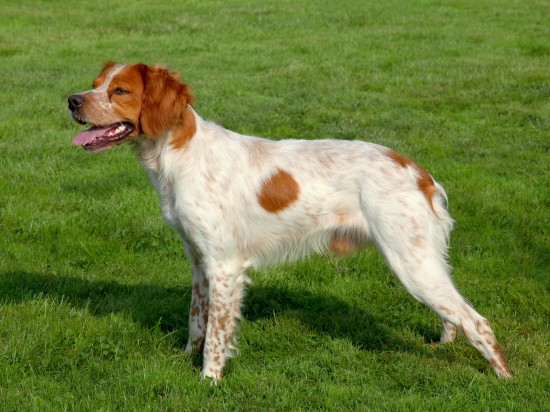 The Hereditary Health And Conformation Of The Brittany Spaniel
The Hereditary He
The Hereditary Health And Conformation Of The Brittany Spaniel
The Hereditary He
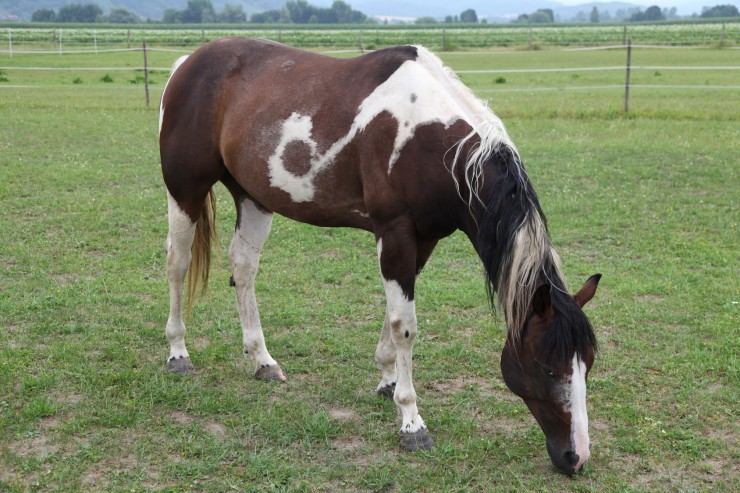 Do Older Horses Need To Be Vaccinated And Wormed?
Do Older Horses N
Do Older Horses Need To Be Vaccinated And Wormed?
Do Older Horses N
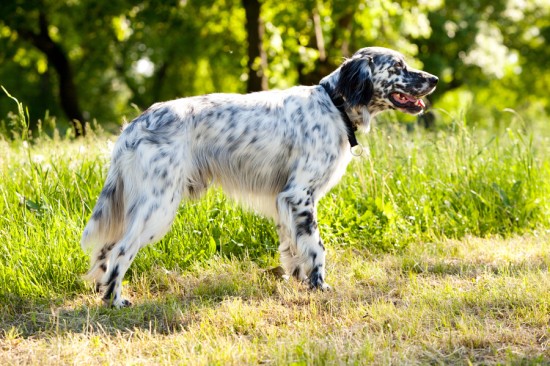 British Dog Breeds - Worthy Of A Second Glance
British Dog Breed
British Dog Breeds - Worthy Of A Second Glance
British Dog Breed
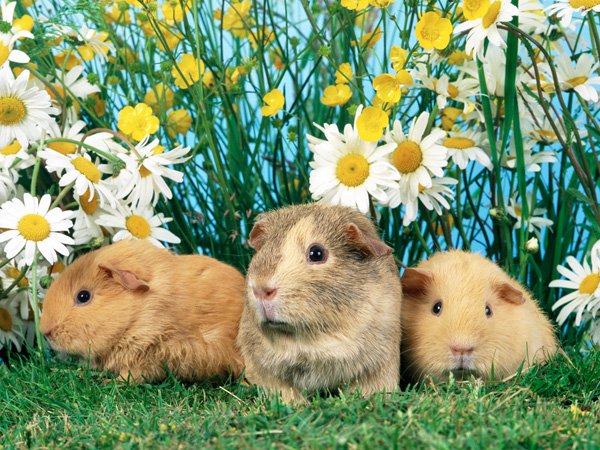 Search and locate a safe place for the pet when you are away
Search and locate a safe place for the pet when you are aw
Search and locate a safe place for the pet when you are away
Search and locate a safe place for the pet when you are aw
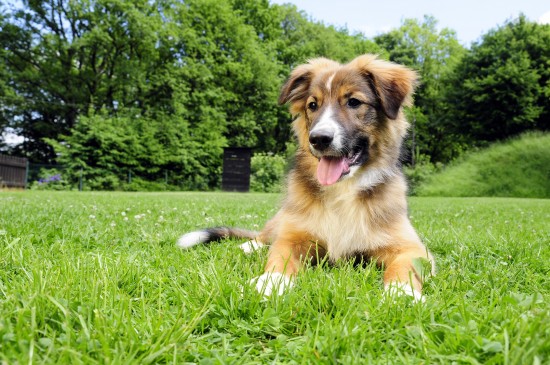 Dog Socialisation Problems - The Odd One Out
Dog Socialisation
Dog Socialisation Problems - The Odd One Out
Dog Socialisation
Copyright © 2005-2016 Pet Information All Rights Reserved
Contact us: www162date@outlook.com